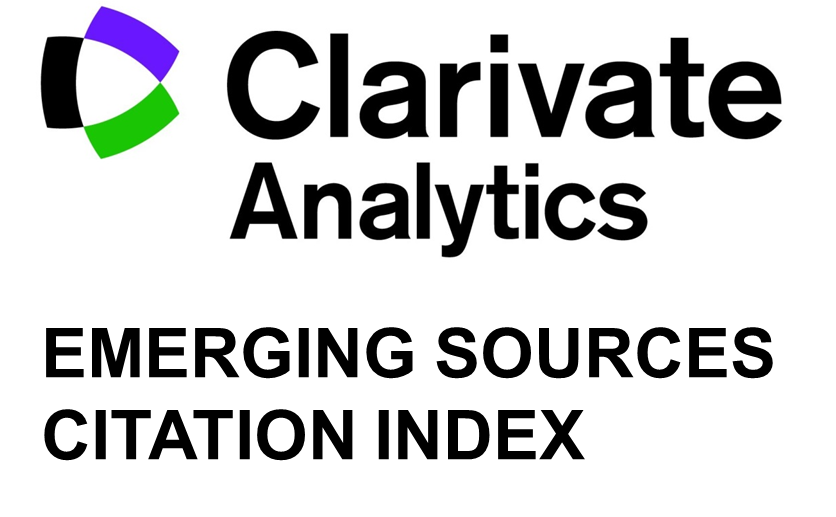Sentiment Analysis of Customer Data
Keywords:
Sentiment analysis, online reviews, user-generated contents, data mining techniques.Abstract
The value of а customer for the company is not measured only by the monetary effect, but also by the degree of its satisfaction. Satisfied customers spread positive word of mouth, while dissatisfied customers spread negative one (in online or offline environment). Their voice shapes company reputation and the reputation is one of the key parameters in choosing a product, service, or a company. In order to look into customer satisfaction, companies need to get certain feedback from consumers. The traditional way of collecting feedback from consumers is questionnaires. However, the way in which consumers express their opinions on social media opens up new opportunities and makes it easier for companies to cover a larger number of consumers, to collect data of interest and to continuously monitor the brand. Social media sites have significantly changed the nature of human activities, interactions and ways of disseminating information. Consumer behavior has changed accordingly. In search for information about products and services consumers are planning to buy or use, offline sources of information are increasingly replaced with online sources and e-WoM. Before making a purchase decision, consumers visit many sites and read the content and comments that other users have generated. Within these contents – texts that users voluntarily post on the Internet and make it publicly available – users freely express their views, opinions, describe their consumer experience, the problems they have encountered and the way in which the problems were addressed, they point to the aspects of products or services they are satisfied or dissatisfied with. These contents shape the opinions of future consumers in great extent and affect their consumer actions. Numerous studies have confirmed the impact these sources have on consumer behavior: • Consumers appreciate opinions of other individuals and trust them more than the company's promotional campaigns, • Consumers have equal trust in online comments and reviews as in personal recommendations from friends, • Online comments on products and services are on the third place according to the influence on buying decisions (after coupons and discounts). Each business can benefit from analysis of social media content since it comprises useful feedback from consumers in form of expressed opinions and attitudes. Opinions and attitudes are extremely subjective. Due to subjectivity it is necessary to analyze a collection of opinions of different people instead of a single opinion which expresses a subjective view of an individual. In addition to this large number of available sources, the amount of data makes it impossible to manually process them and identify the general pattern, problem or source of (dis)satisfaction. Hence, automated analysis of unstructured content from social media sites is required, i.e. the application of sentiment analysis or opinion mining. Sentiment analysis is a young research area which has rapidly developed during the past 10 years and it has achieved significant commercialization. The surrounding industries also experienced significant expansion. Sentiment analysis allows companies to analyze public opinion, attitudes and emotions directed at a particular entity (e.g. a particular person, a political candidate, a party, a law, a company, a specific product, or a product feature) which expresses particular sentiment or points to (usually positive, negative or neutral), as well as all variations and gradations of the sentiment. In addition to the significance of sentiment analysis for business, this paper deals with sentiment analysis process and underlying data mining techniques.
Downloads
Published
Issue
Section
License
Copyright (c) 2018 Olivera Grljević, Zita Bošnjak

This work is licensed under a Creative Commons Attribution-NonCommercial 4.0 International License.














